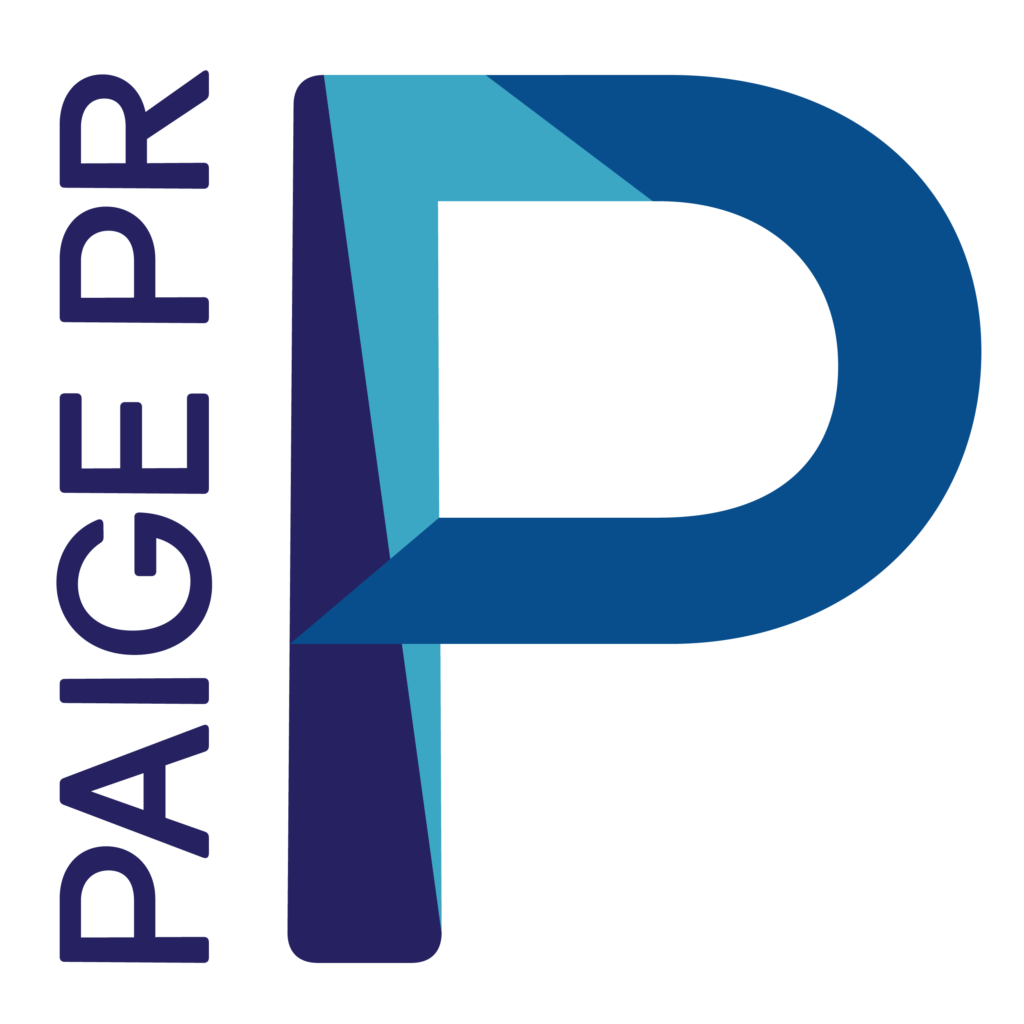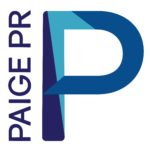LET'S GET CONNECTED!
Never miss a blog post from Paige PR! Our digital newsletter is packed full of actionable insights designed to inspire clear communication and real results to grow your business. Enter your info to subscribe!
Subscribe
Going Right to the Source – Tips on How to Best Work with the Media, From the Media
Public relations has changed considerably over the last decade. Common practice used to be 1. draft a press release, 2. pitch the press release to journalists who cover the industry, and then 3. cross your fingers and hope for a response. However, there are three clear problems with this approach.
First, journalists aren’t on your company’s payroll. Reporters have their own priorities, deadlines, and editorial calendars to work with. Unfortunately, they are likely not sitting at their desks waiting for your email to arrive to file breaking news that you’re opening your doors or releasing a new product.
Second, journalists need to give their readers (and editors) what they want. The role of a journalist is to tell a great story that is relevant and newsworthy for his or her readership, so he or she might choose to write a different angle than the one that is most likely to drive traffic to your store or encourage people to visit your website for more info.
And last but certainly not least, journalists are drowning in pitches. Think about how crowded your inbox gets. Now put yourselves in the shoes of a top-tier reporter, many of whom receive up to 250 pitches per day from marketers worldwide. Reporters are bombarded with emails, phone calls, and tweets, which makes cutting through the clutter a significant challenge.
So, what’s the solution? While there is no ‘one size fits all’ answer, we decided to go right to the source and ask media professions their top tips for getting their attention and a potential media story for your organization.
What do you look for in a media pitch?
“I look for the most essential news/timeliness element at the very top (subject line or press release headline and subhead — those are the things I usually read first before going to the body of the email.) Also, the opportunity for an exclusive or embargo will be a big attention grabber for me.” – Natalie Harms, Editor, InnovationMap
Is there a best time of day to send you a pitch?
“There really isn’t a best time of day, but close to end of day is the worst. Also, I prefer emails over calls, as sometimes I have to share details with other people so a solid email pitch saves me time and effort. Or I might want to pass the story pitch to another editor.” – Jennifer Pallanich, Senior Editor, Technology, Hart Energy
“Mornings are usually best — I usually scan through my emails during the morning and again in the afternoon, but I’m more likely to procrastinate on emails in the afternoon.” – Natalie Harms
“Monday mornings.” – Jennifer Presley, Americas Bureau Chief, Upstream
What are your pet peeves with media pitches?
“Sloppy, poorly written pitches; pitches for products or topics that are not relevant to the industry I cover; pitches with bad subject lines (If the subject line doesn’t pique my interest, then neither will the body copy.); failure to respond to my inquiry based off of a pitch (you’ve hooked me enough to get the inquiry, leaving me on the hook is no bueno).” – Jennifer Presley
“My biggest peeve is not knowing my niche. The amount of time I have wasted on scanning through pitch emails just to see if the story pitched has a Houston tie is probably really shocking.” – Natalie Harms
Do you have a “worst pitch” story?
“The worst example is a couple of years old. A new jazzercise facility was opening up in Santa Monica and I was invited to come try it out for free, the only catch was that I had to write up an article on my experience and how fabulous the facility was for the next edition of E&P magazine. We wrote about many topics in E&P (an energy trade magazine), but never jazzercise!” – Jennifer Presley
On the other hand, do you have a “best pitch” story – something that was so right on the money it caught your attention and made for an amazing article, podcast, segment, etc.
“The best pitches need to be brief, it’s exclusively offered to me, it’s clearly written, it has all the information I need to make a decision, it’s appropriately targeted to and interesting for my readers.” – Jennifer Pallanich
“I have some guest contributors who really pitch to a theme — taking something trendy with something but ties back to my niche. If it’s attention grabbing to me, it probably is to my readers. I also really appreciate a follow up (one or two — not 13 in a week).” – Natalie Harms



—
Jennifer Pallanich serves as senior editor, technology for Hart Energy, one of the world’s largest energy industry publishers.
Jennifer Presley serves as Americas bureau chief for Upstream, an award-winning global oil & gas newspaper.
Natalie Harms serves as editor for InnovationMap, a publication that shines a spotlight on innovation in Houston within startups, tech, health, energy, social impact, and more.


